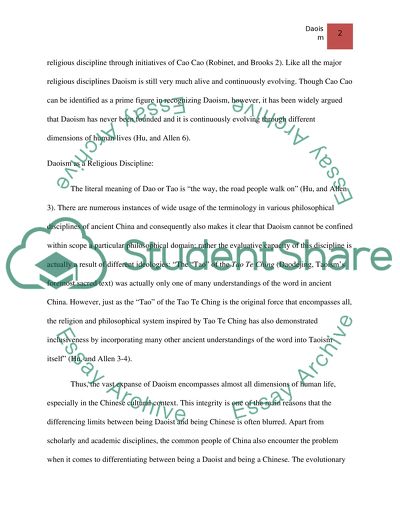Cite this document
(Daoism: Growth of a Religion Assignment Example | Topics and Well Written Essays - 1750 words, n.d.)
Daoism: Growth of a Religion Assignment Example | Topics and Well Written Essays - 1750 words. Retrieved from https://studentshare.org/religion-and-theology/1424558-daoism
Daoism: Growth of a Religion Assignment Example | Topics and Well Written Essays - 1750 words. Retrieved from https://studentshare.org/religion-and-theology/1424558-daoism
(Daoism: Growth of a Religion Assignment Example | Topics and Well Written Essays - 1750 Words)
Daoism: Growth of a Religion Assignment Example | Topics and Well Written Essays - 1750 Words. https://studentshare.org/religion-and-theology/1424558-daoism.
Daoism: Growth of a Religion Assignment Example | Topics and Well Written Essays - 1750 Words. https://studentshare.org/religion-and-theology/1424558-daoism.
“Daoism: Growth of a Religion Assignment Example | Topics and Well Written Essays - 1750 Words”, n.d. https://studentshare.org/religion-and-theology/1424558-daoism.


